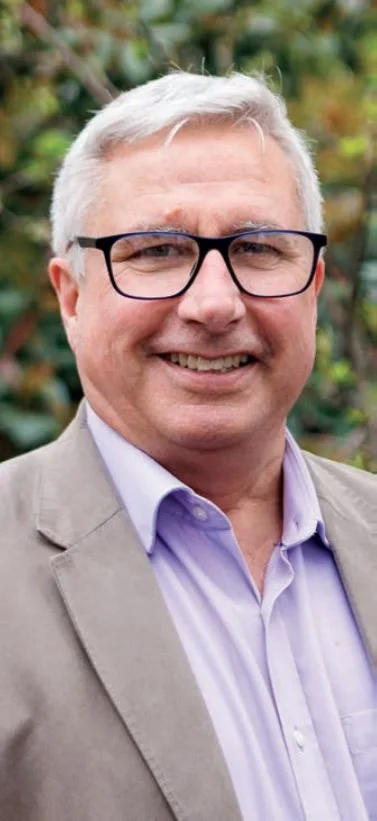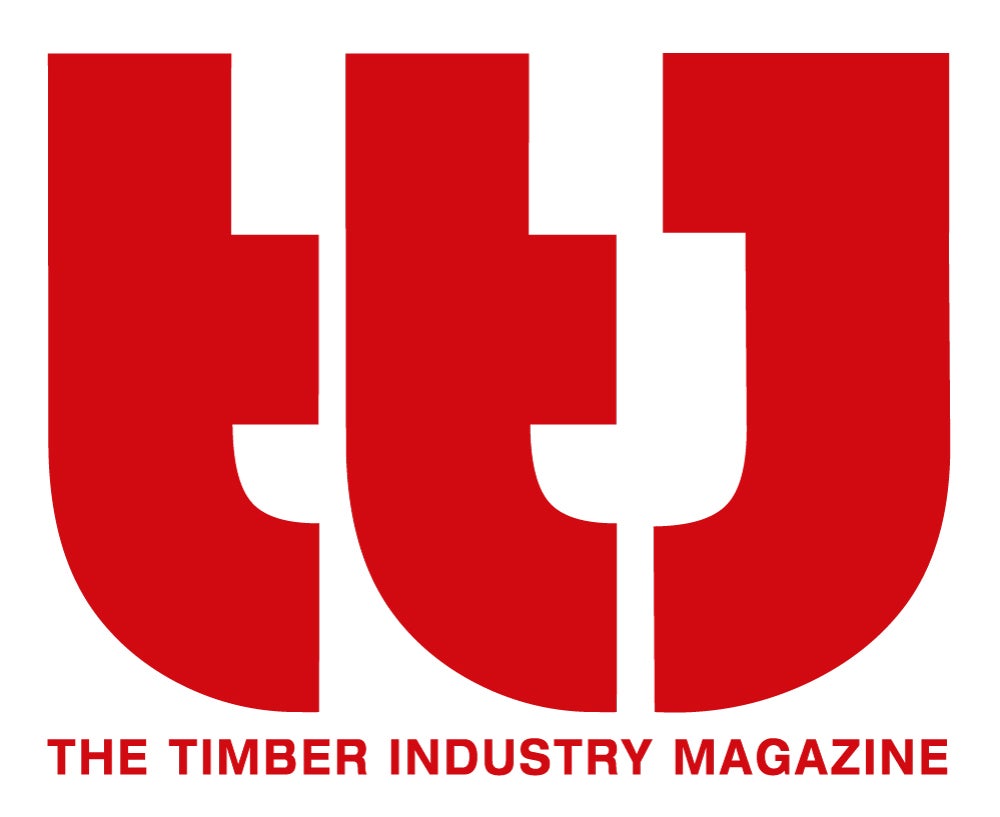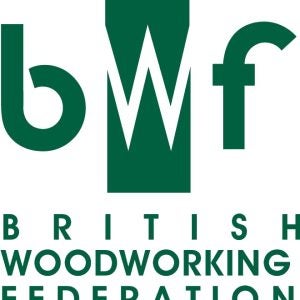
TTJ: WILL THE EXPANSION OF THE ARNHEM ACCOYA PLANT AND STARTUP OF YOUR US PLANT, WHICH ACCSYS CHIEF EXECUTIVE JELENA ARSIC VAN OS TOLD TTJ WOULD FREE UP CAPACITY FROM ARNHEM FOR EUROPE, UNDERPIN AVAILABILITY FOR THE CLADDING SECTOR?
Justin Peckham: Of course, particularly for the large commercial projects, each one of which can require hundreds of cubic metres of Accoya. Such projects are much easier to service with increased capacity.
TTJ: IS HAVING FLAGSHIP ACCOYA CLADDING PROJECTS, LIKE THE FAÇADE OF THE GOOGLE HQ IN LONDON HELPING DRIVE SPECIFICATION?
JP: The Google project in King’s Cross, where Accoya cladding was directly specified, has significantly boosted its visibility and demand in the commercial building sector. With increasing pressure on commercial developments to adopt sustainable materials, projects like this are a fantastic showcase for Accoya and we’re very proud to see it specified for such high-profile buildings.
TTJ: WHAT OTHER COMMERCIAL BUILDINGS HAS ACCOYA BEEN SELECTED FOR IN THE LAST COUPLE OF YEARS?
JP: There are a number of other high-profile projects. They include the SILT casino and hotel in Middelkerke, Belgium, which features an Accoya skeleton-like façade, the façade of the Forskaren Innovation Centre in Stockholm and the cladding of the North Dublin Operations Depot, one of the first projects to achieve the Nearly Zero Energy Buildings rating of the European Energy Performance of Buildings directive. Also, in the UK we have retail outlets in the Willowburn park in Alnwick and the façade of the Unusual Rigging HQ in Bugbrooke, Northants.

TTJ: BESIDES DIRECTING THEM TO HIGH PROFILE PROJECTS, HOW DOES ACCSYS TARGET ARCHITECTS AND DESIGNERS?
JP: It varies from country to country, and in some territories Accsys takes the lead, whilst in others we rely heavily on our distributors. Typical tactics involve lunch and learns (CPD presentations in the UK) and supporting distributors at exhibitions targeted at specifiers. In this regard, our certifications with ecolabels and our EPDs are also very important.
TTJ: ARE THE SUSTAINABILITY AND LOW CARBON CREDENTIALS OF ACCOYA AND TIMBER GENERALLY INCREASINGLY HIGH ON ARCHITECTS’ AGENDAS WHEN IT COMES TO SELECTING CLADDING?
JP: Again, of course, it varies from one project to another just how high a priority sustainability is, but in general we’ve definitely seen it rising in importance. Some of this is driven by the consciousness of specifiers, some by their clients and some by the Royal Institute of British Architects and its sustainability strategy.
TTJ: ARE ARCHITECTS’ COMMERCIAL CLIENTS ALSO GOING FOR ACCOYA AND TIMBER PER SE TO EXPRESS THEIR ENVIRONMENTAL ETHOS AND CREDENTIALS?
JP: Definitely. As companies are under more scrutiny to be green, building sustainably is a prominent way to achieve this. A good example is Barn X, built for Rare, a Microsoft Xbox Game Studio, on the company’s existing Leicestershire campus. This building has been certified with LEED Gold certification, the world-recognised symbol in sustainable building. We’re proud the Accoya cladding used has helped support Microsoft’s sustainability goals. Other companies Accoya has worked with have included Lidl in the Netherlands.
TTJ: ARE THERE FURTHER STANDOUT COMMERCIAL PROJECTS USING ACCOYA COMING UP?
JP: Indeed. Some are covered by NDAs but there are some projects within transport infrastructure where Accoya is going to be used, plus a university building in Oslo, and Accoya fins will soon be installed as part of the Park Central project in Gothenburg.
TTJ: HOW HAVE ACCOYA AND ACCOYA COLOR CLADDING SALES DEVELOPED IN THE DOMESTIC MARKET – AND ARE YOU DIRECTING MARKETING AT CONSUMERS?
JP: Though our focus for marketing is architects and specifiers, we target consumers directly via social media marketing. The use of Accoya cladding in residential properties is primarily driven by specification, and we are continuing to see increasing demand for this. In recent years, there has been a lot of interest in biophilic design as well as overall building sustainably.

TTJ: THE CHARRED LOOK AND TEXTURED FINISHES IN ACCOYA ARE ATTRACTING INTEREST – IS THAT IN BOTH COMMERCIAL AND DOMESTIC APPLICATIONS?
JP: Demand for textured surfaces is mainly driven by the residential market. In the commercial sector, the low-maintenance properties of Accoya with a charred finish have been the primary appeal. For example, the M&S cladding project near Leicester, now over seven years old, still looks fantastic. This perfectly aligns with the client’s vision of a wood façade that offers the aesthetic appeal of timber without the need for intensive maintenance.
Actual charring of Accoya is being offered by some of our distributors, others offering the look achieved with surface machining and a look-alike finish as a more cost-effective option.
TTJ: HOW WELL DOES ACCOYA MACHINE TO ACHIEVE A TEXTURED SURFACE – AND IS THE TEXTURING PROCESS UNDERTAKEN BY DISTRIBUTORS OR EXTERNAL PROCESSORS?
JP: Accoya is significantly harder than most common cladding timbers, which means achieving a high-quality textured surface that showcases the distinctive grain pattern of the radiata pine it’s made from requires expertise. This is provided both by our distributors and some third-party processors.
TTJ: HAVE REGULATORY CHANGES IN RECENT YEARS ON USE OF COMBUSTIBLE MATERIALS IN EXTERIOR WALLS AFFECTED ACCOYA SALES IN THE COMMERCIAL MARKET?
JP: Since the changes relate primarily to high-rise residential buildings, they have not directly affected Accoya sales in the commercial market. However, we see that insurers often have more stringent requirements than the regulations and this has impacted opportunities for timber cladding in general.
TTJ: DO YOU THINK TIMBMET RECENTLY BECOMING AN ACCOYA DISTRIBUTOR WILL UNDERPIN SALES INTO THE CLADDING MARKET?
JP: Timbmet has primarily been brought in to maintain and grow sales of Accoya in the UK joinery market, but we certainly see opportunities for them to grow the cladding market too.





